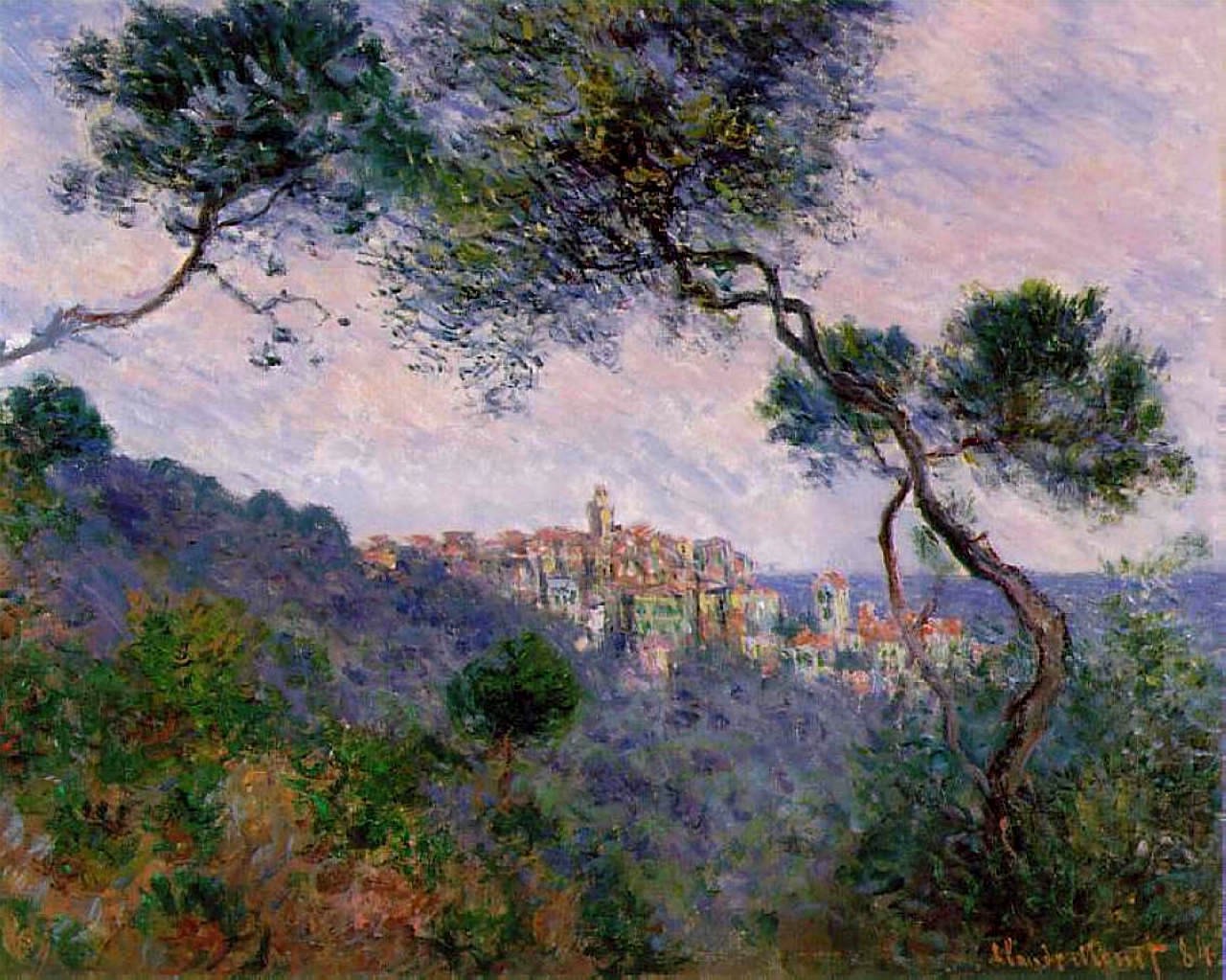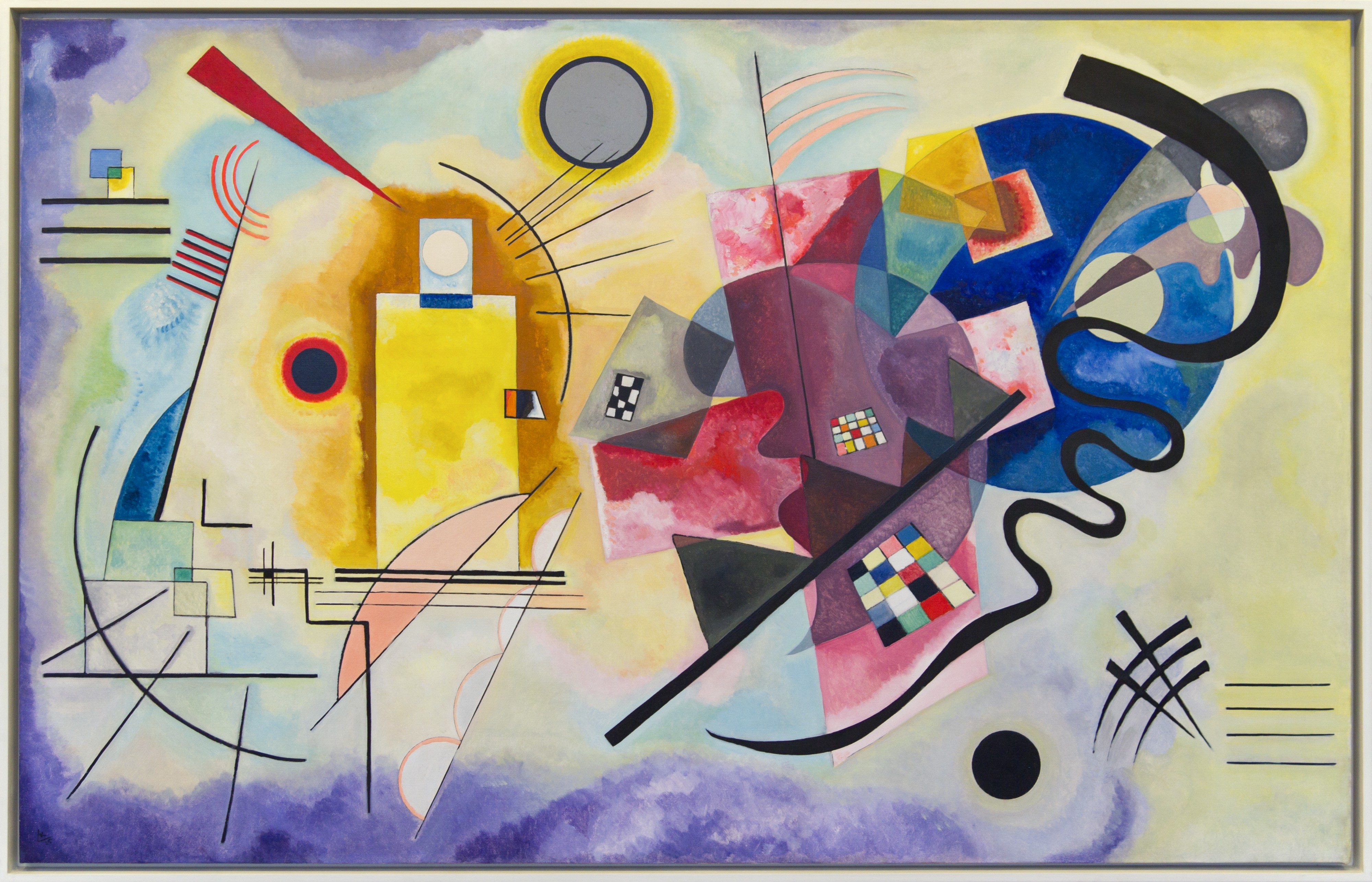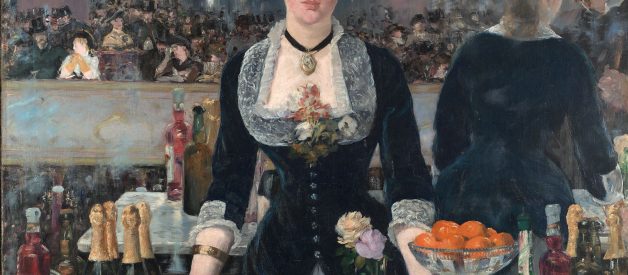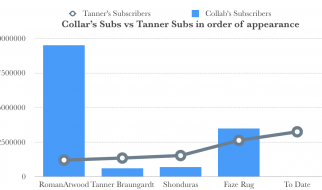How do art movements fit together, and is there more than one story?
 A Bar at the Folies-Bergre (1882) by douard Manet. Courtauld Institute of Art, London. Source
A Bar at the Folies-Bergre (1882) by douard Manet. Courtauld Institute of Art, London. Source
When I first began learning about the history of art, I remember I wanted to understand one thing above all. I wanted to know the timeline. In other words, the grand story of one-style-followed-by-the next: Romanticism, Impressionism, Post-Impressionism, Cubism, and so on.
I had the sense that art history was like a relay-race of artists, each passing the baton on from one to another, building up a cause-and-effect chain of history and development.
Beyond wanting to know about the -isms, I had other questions too: What was ?Baroque? and did it come before or after the Renaissance? Actually, come to think of it, what was the Renaissance? Did ?Classical? refer to classical music or something else altogether? What?s the difference between ?modern art? and ?contemporary art??
It took me a little while to understand that there are both simple and complex answers to these questions.
But the first thing I did, to satisfy my curiosity, was to find a list of art movements and write it out so as to fix it in my memory. It went something like this:
- Medieval art
- Renaissance 1300?1600
- Baroque 1600?1730
- Rococo 1720?1780
- Neoclassicism 1750?1830
- Romanticism 1780?1880
- Impressionism 1860?1890
- Post-impressionism 1886?1905
- Expressionism 1905?1930
- Cubism 1907?1914
- Futurism 1910?1930
- Art Deco 1909?1939
- Abstract Expressionism 1940s
- Contemporary art 1946 ? present
This is a good list. (Hint: if you want a more in depth version of this list, with example artists and images, download my Essential Styles in Western Art History.)
A simple framework like this is indispensable in order to find your bearings in the beginning. After many years of looking and thinking about art, I still find myself referring back to this list.
Where do you actually begin?
The truth is, nobody begins to think about the history of art without having first come across some art in the first place. Maybe it was a Jackson Pollock drip painting. Perhaps it was a visit to the Sistine Chapel in Rome. Maybe someone gave you a postcard with a Claude Monet painting on the front.
 Bordighera, Italy (1884) by Claude Monet. Source WikiArt
Bordighera, Italy (1884) by Claude Monet. Source WikiArt
Somehow, somewhere, an interest is kindled. I make this point because we all come to art history from some sort of perspective, and it is upon this perspective that we are likely to build up our mental map of how different styles of art, and ultimately individual artists, fit together. It is also how biases are able to sneak into our understanding even if we don?t mean them to. But let?s not worry about that for now?
For me, my interest was sparked one day when, aged 16, my art teacher at school took me aside and asked me if I?d ever heard of a painter called Wassily Kandinsky. I never had. Since my own paintings in class were beginning to move towards abstraction (without me really intending it), my art teacher thought that I might find Kandinsky interesting.
I took his advice and went to the school library where I found a book dedicated to the Russian artist. I had never seen anything quite like it. Kandinsky was a Russian who spent much of his adult life in Germany where he taught at The Bauhaus School of Art. As a painter, he is credited with making some of the very first purely abstract works in Western art.
To share here, I?ve chosen a piece called Yellow-Red-Blue which Kandinsky painted in 1925.
 Yellow Red Blue (1925) by Wassily Kandinsky, 127 x 200 cm, Muse National d?Art Moderne, Centre Georges Pompidou, Paris, France. Source Wikimedia Commons
Yellow Red Blue (1925) by Wassily Kandinsky, 127 x 200 cm, Muse National d?Art Moderne, Centre Georges Pompidou, Paris, France. Source Wikimedia Commons
When I first looked at this painting, I especially liked the great ribbon of black that descends along the right-hand side, like a river or a pathway between hilltops. I also liked the way the different shades of colour overlap, intersecting and combining to form new shapes beneath. I really had no idea what the work ?meant?. I simply enjoyed looking at the explosion of colour and form appearing and disappearing with a strange, theatrical drama.
Next steps
If we wanted to place Kandinsky into the timeline of artistic movements as listed above, then he would sit inside the movement known as Expressionism (around 1905?1930). Expressionism originated in Germany at the beginning of the 20th century, mainly through poetry and painting. Artists like Kandinsky employed distorted forms and strong colors in order to evoke moods or anxieties. For Kandinsky, the subjectivity of art had a spiritual quality to it. Colours had the power to affect deep emotional responses in the viewer. Painting, he wrote, ?can develop the same energies as music.?
So we can comfortably place Kandinsky into the movement of Expressionism. To do this gets us so far, but by categorising Kandinsky we also risk concealing some important truths.
For instance, the fact that he had a career arc of his own, where his work took on different forms as he associated with different artists in different European cities. Also, Expressionism itself is a umbrella term that encompasses many different artists with different styles, some abstract and some figurative.
I make this point to illustrate the fact that art is made in the midst of real circumstances, and that generalisations are useful only up until a point. Therefore, a useful next step for an art historian when looking at a work of art is to begin to build up a sense of time and place specific to the artwork and artist in question. There are all sorts of ways of doing this. For instance, one might begin by thinking about the following questions:
- Did the artist have friends or contemporaries that may have influenced the style of the work?
- Did the artist have a teacher or come from a tradition?
- Did the artist write about their own work?
- What were the materials available to the artist at the time?
- Was the artist a man or a woman, and could the answer have an bearing on the sort of art they might create?
- Might race or other specifics of the artist?s identity play a role?
- Did the artwork get shown in public, and if so, what were the reactions of the first viewers?
These questions are by no means exhaustive, but they do perhaps point to the reality of any creative process: that all artists work within a context, with all the opportunities and constraints that this context might entail.
History is interpretation
I remember, long ago, having a discussion with someone about the nature of history. I remember saying that ?History is a largely a matter of interpretation,? to which the other person replied something along the lines of, ?Surely not. Isn?t history about the facts of what actually happened??
This idea ? that history is about facts, not interpretation ? seems especially pertinent in art history, since artworks are there in front of us even if the artist has long since died. But in reality, the way we interact and understand art is largely a matter of how the narrative of art history has been produced.
There are countless ways of exploring this, but I will keep to one well-known example.
I?ve no doubt you have heard of the Renaissance. To describe it simply, the Renaissance was a period of time, centered mainly around Italy, in which the arts flourished under a concentration of patronage and spurred on by the rediscovery of texts from the ancient world of Rome and Greece, whose literature, learning, and politics were admired as an age of high achievement.
The era of the Renaissance included some of the most famous artists of history, including Leonardo da Vinci, Raphael and Michelangelo. One of the main sources of historical detail about artists of this time comes from a book called Lives of the Artists, a series of artist biographies written by a 16th-century Italian painter and architect named Giorgio Vasari.
 Giorgio Vasari?s ?Self-portrait? painted between 1550 and 1567. Source Wikimedia Commons
Giorgio Vasari?s ?Self-portrait? painted between 1550 and 1567. Source Wikimedia Commons
The book is generally considered to be the first study of art history. It is immensely detailed and remains useful even today for art historians looking to understand the development of Western art.
The trouble with this book is that Vasari was writing from an extremely partisan position, since he was principally interested in advocating Florence and Rome as the very centres of artistic excellence, with hardly any reference to the art that was being made outside of Italy.
Vasari used a three-part structure in the book, a framework roughly corresponding to the 14th, 15th and 16th centuries, to describe how artists during these three periods progressively rediscovered the standards of the Greek and Roman ancients. Michelangelo is treated as the ultimate expression of the renewal, an artist who ?triumphed over ancient artists, modern artists, and even Nature herself.?
Thus, Vasari?s historical design draws a correspondence between the passage of time and the ever increasing artistic achievement of Italian artists. The onward march of progress has a specified direction because Vasari identifies a model for its perfection.
Today, the Renaissance stands as one of the cornerstones of art, which W. J. Bouwsma describes as ?the traditional dramatic organisation of Western history.? In this organisation, the Renaissance is a historical turning point that brings the Middle Ages to a close and ushers in the modern era. It is ?the inaugural chapter in the history that leads down to our own time.?
In other words, the effect of Vasari?s writing about his fellow countrymen was to help promote the Italian Renaissance to the elevated position of high-achievement in all of art history.
Conclusions
I described at the beginning of this article of my sense that art history was like a relay-race of artists, each passing the baton of creativity on from one to another. As the discussion about the Renaissance hopefully illustrates, it is Vasari that I ultimately have to thank for my relay-race picture of art history.
But is art always about progress?
The idea of progress is very appealing to historians because it gives a simple linear-narrative framework, that of history moving towards an idealised high-point.
The main problem with this way of looking at art history is that it tends to be exclusive, in that it takes the narrow view that Western art is the main story of art history. Where for instance could Buddhist art fit into the relay-race? What about Islamic art, Turkish art, Japanese art or the art of West Africa?
The truth is, many forms of art around the world have developed independently of each other or with some minimal overlap. Vasari was an Italian living in Florence, and as such was interested in how the wonderful art around him was made. That?s understandable.
What we must do, however, is remember that all art history is tilted with a bias towards the storyteller. That?s what makes it such as an interesting topic to learn about. And why, wherever we look, there is always more to understand about the history of art.
Christopher P Jones writes about art and culture at his website. Sign up for more.
You may be interested in some of his other articles about art history:


